South African Kwazulu
Cannabinoid THC Dominant
THC 18 - 21%
CBD 0.36 - 0.48%
Effect Happy
Side Effect Panic attacks
Flavor Spicyherbal
South African Kwazulu Strain Information
THC
CBD
Potency
The South African Kwazulu strain is pure Sativa with a THC level that has been measured at hitting about 18-21% on average. Laboratory tests confirm, this marijuana includes a great content of other cannabinoids that occur in the plant naturally:
- CBD 0.36-0.48%
- CBC 0.29-0.38%
- CBG 0.03-0.06%
- CBN 0.32-0.41%
- THCV 0.09-0.35%
This cannabis is considered to have a moderate THC potency, but it shouldn’t be underestimated. South African Kwazulu is recommended only for skilled smokers.
Fragrances and Terpenes
After making initial puffs, some smokers may find the aroma too spicy. Pungency is caused by the limonene and caryophyllene terpenes. Also, this scent carries woody, herbal, and earthy notes with slight floral sweetness. Other aromatic compounds found in this plant to a large extent are:
- Terpineol
- Linalool
- Terpinolene
Medical Appointments and Effects
Thanks to Sativa’s genetics, the South African Kwazulu strain fills smokers’ minds with a boost of happiness and euphoria. It uplifts their mood and has them feeling giggly, and this euphoric state activates their brain, filling it with motivation and creativity. The energizing high may induce tingles in the limbs.
These effects give the weed a medicinal potential for various mental ailments. It helps relieve symptoms of:
- Stress
- Migraines
- Depression
- Fatigue
Some smokers report they get an appetite stimulation. When overindulged, South African Kwazulu can be harmful and provoke:
- Panic attacks
- Fatigue
- Thirst and dry mouth
- Dry eyes
- Dizziness
- Slurred speech
- Headache
- Depression
Tips for Growers
South African Kwazulu tolerates indoor and outdoor growth conditions very well. Indoor gardeners cultivating the strain in a room or a tent can expect plants of 30’’-60’’ in height with a harvest of 1-2 oz./ft2. Outdoor plants are known to reach 60’’-80’’ in stature and produce yields of up to 10-15 oz./plant. The harvest is expected in 64 days after a flowering phase that lasts 53-64 days. Easy to grow, this kush delivers oversized conical nugs with a layer of golden trichomes.
Side Effects
Simply let us know how this strain tastes or write a detailed review.
South African Kwazulu Strain Cannabinoids
| THC | Tetrahydrocannabinol, or THC, is a major cannabis chemical compound. It is a psychoactive element that stimulates dopamine release and induces euphoria or happiness. THC-rich strains may be helpful with such conditions as lack of appetite, chronic pains , etc. It is considered to be the primary active marijuana component. | 18 - 21% |
| CBD | Cannabidiol, or CBD, is a major compound in cannabis, which is non-psychoactive. It is also proved to counteract the side effects of the second major component THC. CBD is widely used for medicinal purposes in rubs, oils and so on. It is helpful in muscle pain cases, may treat arthritis and migraines. Even Greeks used it against pain, while Queen Victoria applied it to get rid of menstrual cramps. | 0.36 - 0.48% |
| CBC | Cannabichromene, or CBC, is a minor cannabinoid, meaning that its quantity in cannabis is quite little. Though it has the same origin as CBD and THC, it is different in functions. Without any psychoactive effects, it is an efficient cannabis compound in combating acne and depression. CBC produces analgesic, antibacterial and anti-inflammatory effects. | 0.29 - 0.38% |
| CBG | Cannabigerol, or CBG, is one of the minor cannabis compounds in adult plants. On the other hand, young ones contain a lot of this antibacterial and anti-inflammatory component. During the growth, CBG is converted into different cannabinoids, mostly THC and CBD. The compound itself increases appetite and decreases eye pressure. | 0.03 - 0.06% |
| CBN | Cannabinol, or CBN, is a trace element in cannabis that is considered to be mildly psychoactive. It appears from oxidation THC, exposed to light and heat. CBN is mostly contained in old cannabis and in traditional hashish. It is effective against insomnia, bacterial infections and appetite loss. | 0.32 - 0.41% |
| THCV | Tetrahydrocannabivarin, or THC-V, is a compound contained in cannabis in trace amounts. Even though it is close to THC molecularly, it is different in effects. This compound may be psychoactive only in large amounts. THC-V reduces blood sugar, controls appetite, stimulates bone growth, etc. African Sativa strains are the richest in THC-V. | 0.09 - 0.35% |
South African Kwazulu Terpene Profile
| Pinene | Pinene is one of the most widespread terpenes in nature, found in pine trees, basil, nutmeg, parsley, and rosemary. Cannabis containing terpene (alpha-pinene or α-pinene) boasts a strong pine scent. Pinene is responsible for anti-inflammatory, pain-relieving, and anti-anxiety effects. | 0.02% |
| Myrcene | Myrcene (also known as β-myrcene) is one of the most common terpenes found in cannabis, representing more than 20% of the modern marijuana terpene profile. Myrcene has a distinct earthy, musky flavor, resembling cloves. It is responsible for calming and soothing effects of weed. Myrcene is also found in hops, thyme, mango, lemongrass, guava melon. | 0.07% |
| Geraniol | Geraniol is a terpene initially contained in geraniums, as well as lemongrass, lemon peels, roses, blueberries, and carrots. The aroma is a sweet rose scent with notes of citrus. Geraniol features anti-inflammatory, antibacterial, antifungal, and neuroprotectant properties. It's rumored to have side effects such as allergic contact dermatitis or sensitive skin irritation. | 0.07% |
| Limonene | Limonene (also known as d-limonene) is the second most common terpene in nature and the third most common terpene in cannabis. It has a powerful citrus aroma and can be found in all citruses, including lemons, oranges, grapefruits, limes, juniper, etc. Limonene is known to elevate moods and provide anxiety, depression, and stress relief. | 0.16% |
| Linalool | Linalool (also known as beta linalool, linalyl alcohol, linaloyl oxide, and p-linalool) is one of the rarest terpenes found in cannabis, mostly in small quantities. Linalool is known for its spicy and lavender aroma, bringing relaxation and calming effects. It is also said to provide anti-inflammatory and analgesic properties that can be useful for athletes. | 0.12% |
| Bisabolol | Bisabolol (also known as α-Bisabolol or levomenol) is a lesser-known terpene found in cannabis. It contributes to anti-inflammatory, anti-irritant, antioxidant, anti-microbial, and analgesic properties of weed strains containing bisanol. Attentive smokers would be able to catch a nutty, fruity scent with herbal and floral undertones, with a tender trace of coconut. | 0.05% |
| Terpineol | Terpineol (also known as alpha-terpineol or a-terpineol) is a terpene naturally occurring in more than 150 plants, including lilacs, lime blossoms, eucalyptus sap, and pines. Among the therapeutic qualities are anti-inflammatory, antioxidant, antitumor, and antimicrobial. In cannabis, terpineol boasts the distinctive pine smoke aroma and causes a relaxing, sedative effect. | 0.14% |
| Terpinolene | Terpinolene is one of the most common terpenes found in cannabis; however, It's usually presented in small quantities. Is responsible for piney, floral, herbaceous, and even a little bit citrusy aroma of cannabis. Terpinolene can be found in lilacs, nutmeg, and cumin. In cannabis, terpinolene contributes to the sensation of "freshness." Has the potential to reduce the risk of heart diseases. | 0.12% |
| Phellandrene | Phellandrene (also known as alpha- and beta-phellandrene) is one of the rare terpenes found in cannabis with antihyperalgesic and antidepressive properties. Phellandrene contributes to a minty, woody, and mildly citrus aroma in cannabis. Previously confused with limonene and pinene, phellandrene was eventually distinguished as a separate terpene common for eucalyptus. Also, it could be found in mint, dill, black pepper, cinnamon, parsley, pine, and lavender. | 0.09% |
| Caryophyllene | Caryophyllene (also known as beta or b caryophyllene) is a terpene found in many herbs and spices, such as black pepper, basil, rosemary, and oregano. Cannabis high in caryophyllene delivers a strong spicy, peppery aroma, resembling cinnamon and cloves. Caryophyllene offers potent anti-inflammatory and sedative effects. | 0.16% |
| Total terpenes content | 1.00% |
Growing Info
Similar Strains
THC 22 - 24%
CBD 0.91 - 1.13%
Effect Happy
Flavor Pine
THC 14.76 - 19.11%
CBD 0.51 - 0.92%
Effect Giggly
Flavor Citrus
THC 14.25 - 17.5%
CBD 1.9 - 0.68%
Effect Uplifted
Flavor Spicyherbal
THC 15.5 - 19%
CBD 1.67 - 2.21%
Effect Happy
Flavor Sweet
THC 19 - 20%
CBD 0.02 - 0.4%
Effect Aroused
Flavor Chemical
THC 25 - 27.33%
CBD 0.12 - 0.49%
Effect Sleepy
Flavor Lemon
THC 13.5 - 19%
CBD 0.04 - 0.38%
Effect Uplifted
Flavor Pepper
THC 13 - 16%
CBD 0.35 - 0.58%
Effect Giggly
Flavor Nutty
THC 15 - 24%
CBD 2 - 2.27%
Effect Happy
Flavor Pine
THC 12 - 16%
CBD 0.79 - 0.91%
Effect Relaxed
Flavor Woody
THC 20 - 23%
CBD 0.66 - 0.79%
Effect Happy
Flavor Butter
THC 18 - 22%
CBD 0.32 - 1.15%
Effect Giggly
Flavor Coffee
THC 19 - 22.5%
CBD 0.16 - 0.95%
Effect Sleepy
Flavor Lime
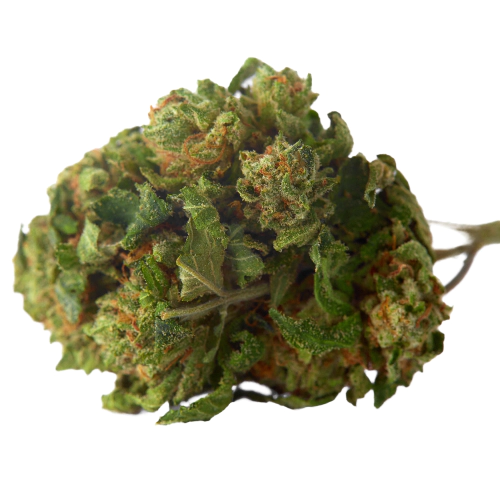
THC 16 - 16.5%
CBD 1.02 - 1.23%
Effect Euphoric
Flavor Berry



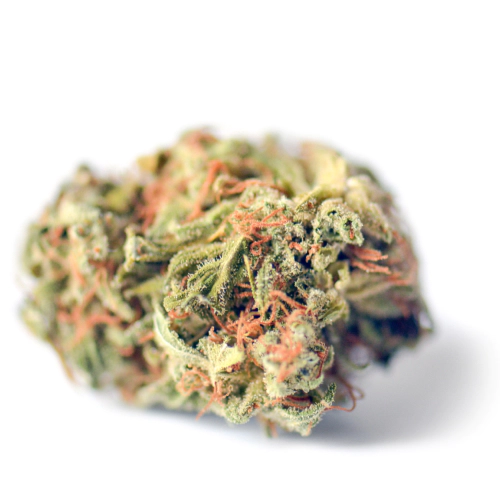
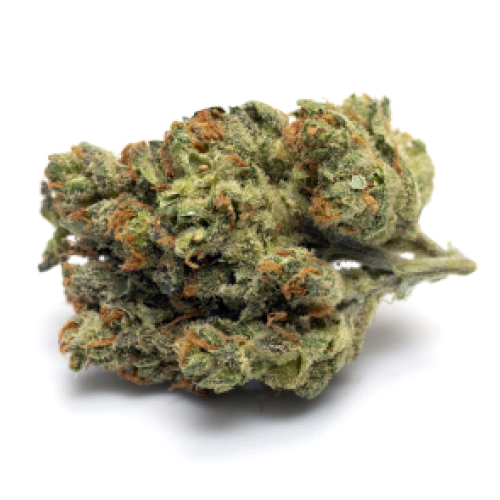


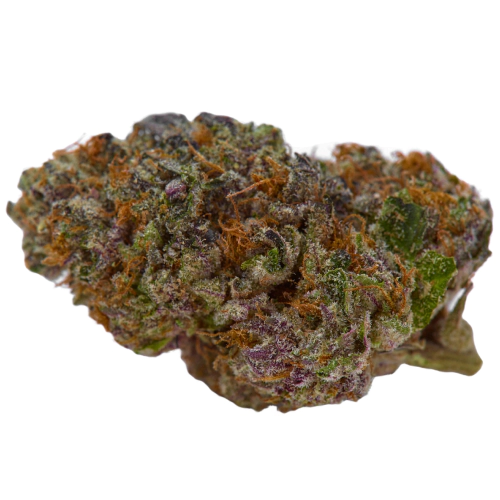

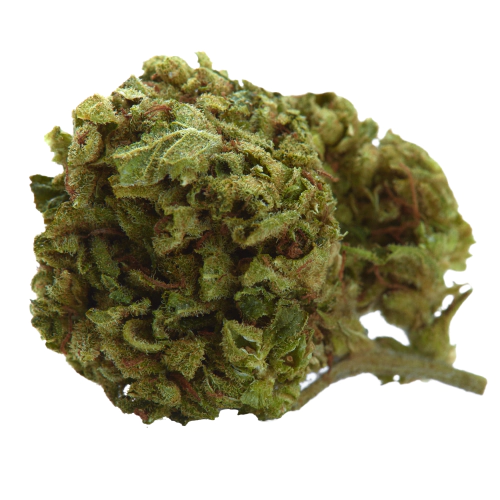
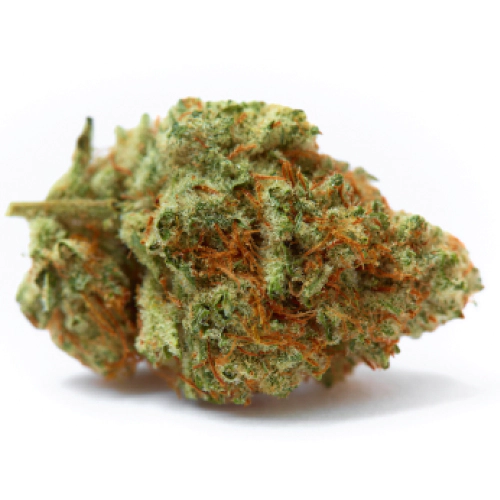

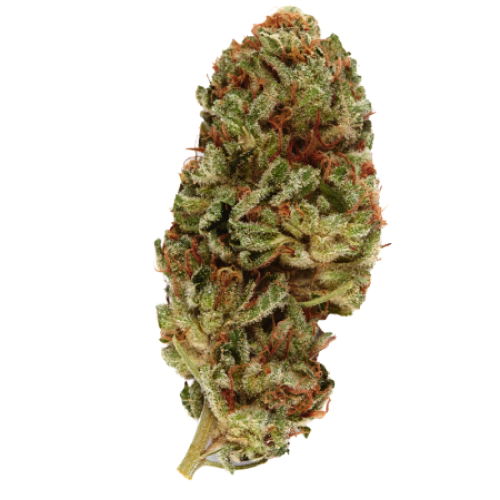

Be the first and share your opinion
Write a Review